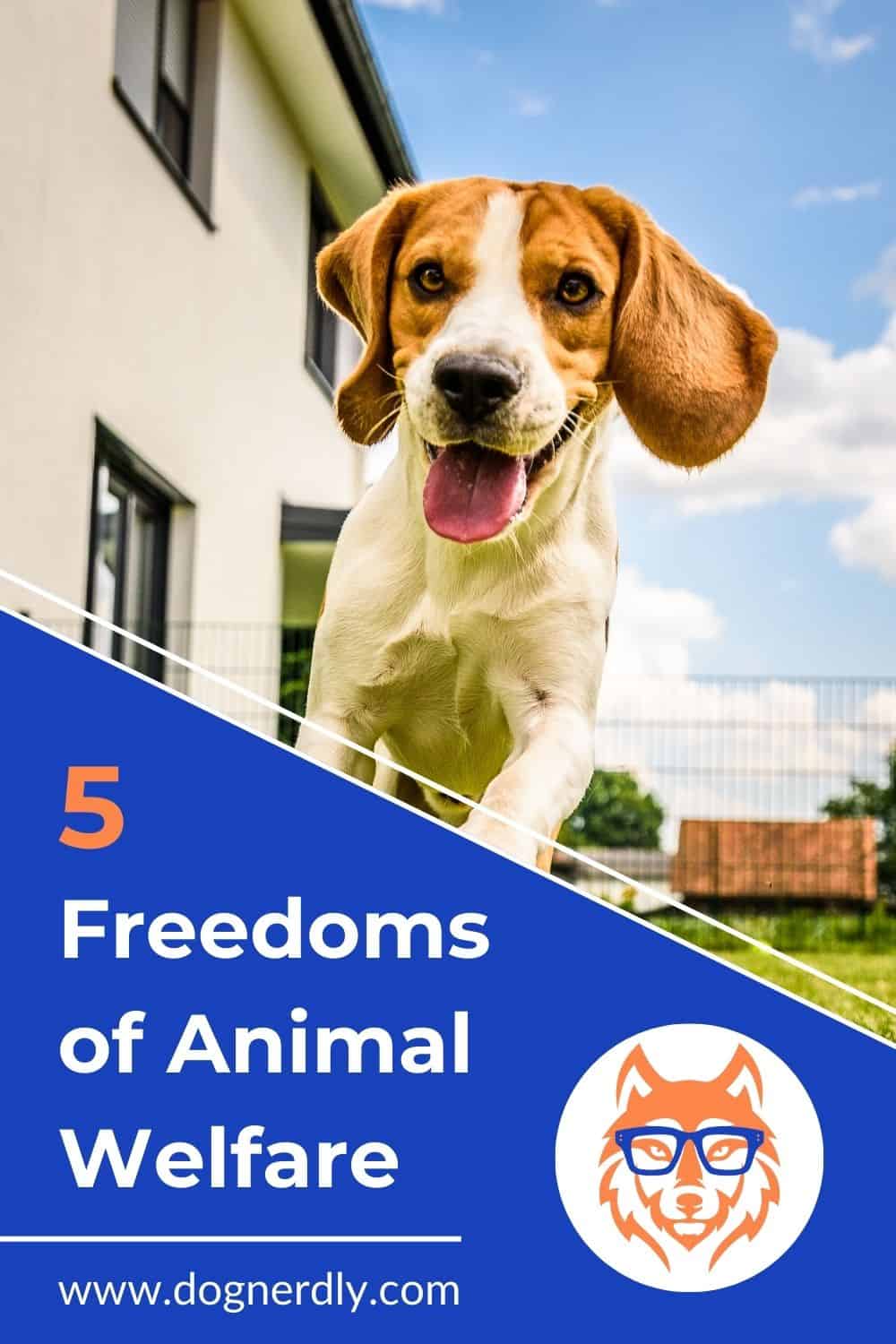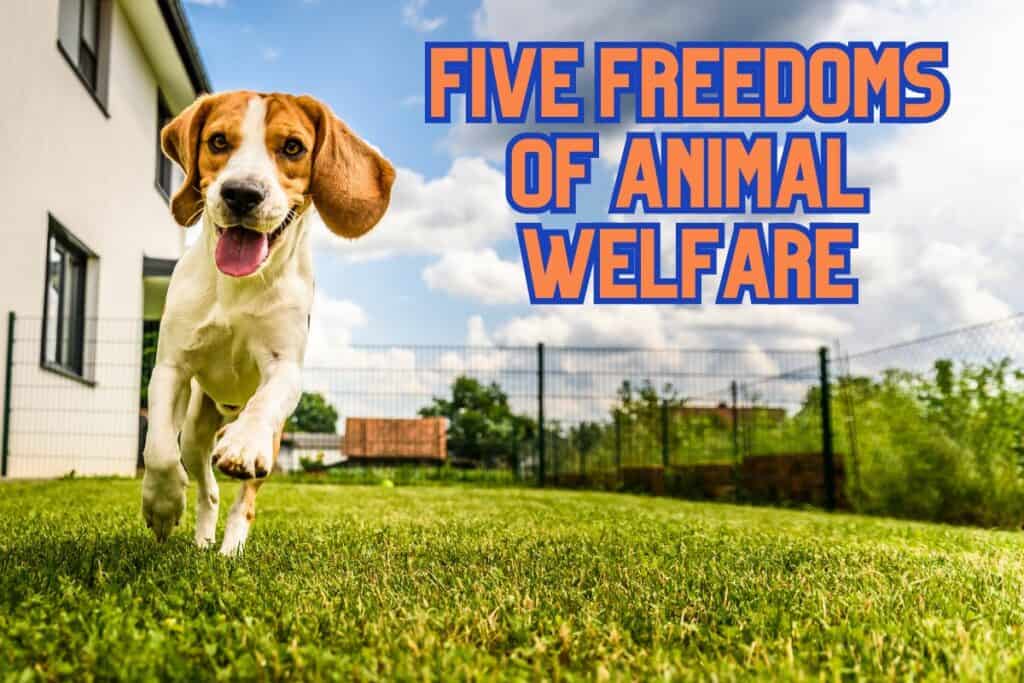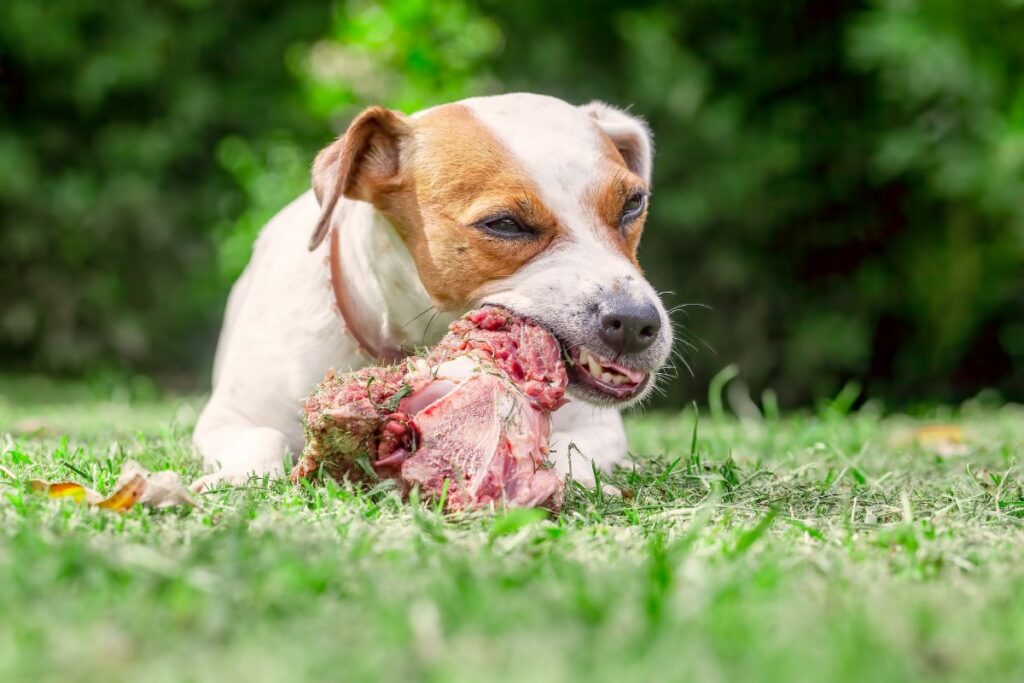As an expert in animal behavior and pet empowerment advocate, I firmly believe that integrating the Five Freedoms of Animal Welfare into our daily pet care routines is crucial. These principles ensure that our pets not only survive but thrive, experiencing life in the fullest and healthiest way possible. Whether you're playing with a frisky kitten, feeding a loyal dog, or setting up a comfortable resting place for a guinea pig, these freedoms guide us to provide the best care and affection our pets deserve.
Origin of the Five Freedoms
My journey into animal welfare began when I stumbled upon the profound Brambell Report during my early academic career. Authored in 1965 in response to public outcry over the treatment of livestock, this report introduced the Five Freedoms. These principles have since become the cornerstone of animal welfare standards globally, advocating for conditions that affirm the psychological and physiological well-being of animals.
Over the years, I've watched these freedoms evolve from mere guidelines to frameworks adopted by welfare organizations worldwide, including the RSPCA and ASPCA. Their universal appeal and adaptability make them as relevant today as they were over five decades ago.
Detailed Explanation of the Five Freedoms
1. Freedom from Hunger and Thirst
In any pet environment, ensuring they have access to fresh water and a balanced diet is fundamental. Nutrition plays a crucial role not just in physical health, but also in behavioral well-being. Animals that are well-fed and hydrated are more sociable, less aggressive, and generally more content.
2. Freedom from Discomfort
Providing adequate shelter and a comfortable resting area is essential. In my work in pet care, I have designed numerous habitats that mimic natural environments to support this freedom. Comfortable bedding, sufficient space, and appropriate temperatures all contribute to an animal’s overall well-being.
3. Freedom from Pain, Injury, or Disease
Preventative health care is key. Regular check-ups, vaccinations, and prompt treatment of illness are practices I advocate for vigorously. This not only alleviates suffering but also prevents behavioral issues linked to chronic pain and discomfort.
4. Freedom to Express Normal Behavior
Offering sufficient space and proper facilities is something I focus on extensively. Animals need to engage in instinctual activities. For instance, providing scratching posts for cats or scent training for dogs can significantly improve their quality of life.
5. Freedom from Fear and Distress
Minimizing stress through environmental management and considerate handling is a critical area of my work. I have worked with dog handlers and care staff in techniques that reduce fear and anxiety, which is essential for fostering a calm and safe atmosphere.
Applications of the Five Freedoms for Pet Owners
Understanding the Five Freedoms is just the first step. The bigger question is how to implement the Five Freedoms in your home to provide the most enriching life for your pet. Below are some examples of how to implement each freedom:
1. Freedom from Hunger and Thirst
Ensuring your pet has constant access to fresh water and a diet that suits their specific nutritional needs is fundamental. For example, cats are obligate carnivores and benefit from high-protein diets, while dogs can have a more varied diet including vegetables and grains. I recommend using feeding bowls that encourage slow eating, which can prevent digestion issues and make mealtime a stimulating activity.
2. Freedom from Discomfort
Providing a safe and comfortable living environment is crucial. This means having a designated resting area for your pet, equipped with clean, comfortable bedding. Temperature control is also important, as pets can be sensitive to extreme temperatures. For instance, ensuring that your dog or cat has a warm place away from drafts and a cooler, shaded area during hot weather can prevent discomfort.
3. Freedom from Pain, Injury, or Disease
Regular visits to the veterinarian for check-ups, vaccinations, and treatment of any illnesses are a must. At home, you can prevent injury and disease by maintaining a safe environment that minimizes risks, such as securing potentially dangerous substances (like cleaning chemicals) and ensuring that small objects that could be swallowed are out of reach. Dental care is also vital; brushing your pet's teeth or providing dental treats can help prevent painful dental diseases.
4. Freedom to Express Normal Behavior
Providing opportunities for your pet to behave naturally and express behaviors typical for their species is key. For dogs, this includes regular walks to explore and socialize, and toys that stimulate their hunting instincts, like chew toys. For cats, scratching posts and high perches can satisfy their need to climb and scratch, which keeps their claws healthy and their bodies active. Interactive toys that mimic prey, like feather wands, encourage natural hunting behaviors.
5. Freedom from Fear and Distress
Creating a stable environment and using training methods that avoid intimidation or physical punishment is crucial. Instead, use positive reinforcement techniques to encourage good behavior. Ensure that your pet has a retreat space, a quiet area where they can escape when overwhelmed and feel secure. Exposure to loud noises, unfamiliar people, and other stressors should be minimized, and when unavoidable, managed with care to avoid causing anxiety.
Each of these freedoms is intertwined, supporting the overall health and happiness of your pet. By conscientiously applying these principles, you as a pet owner can provide a nurturing environment that truly respects and enhances your pet’s well-being. As a professional, I've seen remarkable improvements in pets' health and behavior when owners commit to these standards, reflecting a deep bond and mutual respect between human and animal.
Key Takeaways
Reflecting on the Five Freedoms of Animal Welfare, we recognize them not only as crucial guidelines for livestock and zoo animals but as essential principles that significantly enhance the lives of our household pets. These freedoms guide us in creating nurturing environments for our pets, ensuring they are free from hunger, discomfort, and distress, and are able to express their natural behaviors.
As pet owners and animal lovers, it's our responsibility to uphold these freedoms, advocating for their application in all settings and educating others about their importance. The Five Freedoms not only improve the lives of animals but also enrich our own lives through the deep, empathetic connections we forge with our beloved pets.
Frequently Asked Questions
To address public concern over livestock conditions and to set a standard that ensures animals lead healthy, natural lives.
The Five Freedoms focus on welfare—meeting physical and psychological needs—while animal rights involve a broader spectrum of ethical considerations, including the belief that animals have intrinsic rights similar to human rights.
In some countries, yes. They form the basis of animal welfare laws in places like the UK, but in other regions, they are guidelines rather than legal requirements.
By supporting organizations and businesses that uphold high welfare standards, advocating for stronger welfare laws, and staying informed about the sources of their animal products.
While the principles are universal, their application must be adapted to the specific needs and behaviors of different species to be truly effective.

Joseph Schifano is the President of The Academy of Pet Careers and Founder of DogNerdly.
With over 20 years of professional pet experience, Joseph got his start as an owner/operator of a 7-figure, all-inclusive pet care business. From there, he purchased The Academy of Pet Careers with a hopes of improving the quality of care provided by industry professionals. This role allowed Joseph to rub shoulders with some of the biggest names in the industry, and gain knowledge in every aspect of pet care.
After witnessing the popularity of social media influencers and the amount of misinformation being taught to pet parents, Joseph decided to create DogNerdly. The goal was to provide science-backed education for the average dog nerd in order to create a world where dogs and humans can live a more harmonious and empowered lifestyle.




